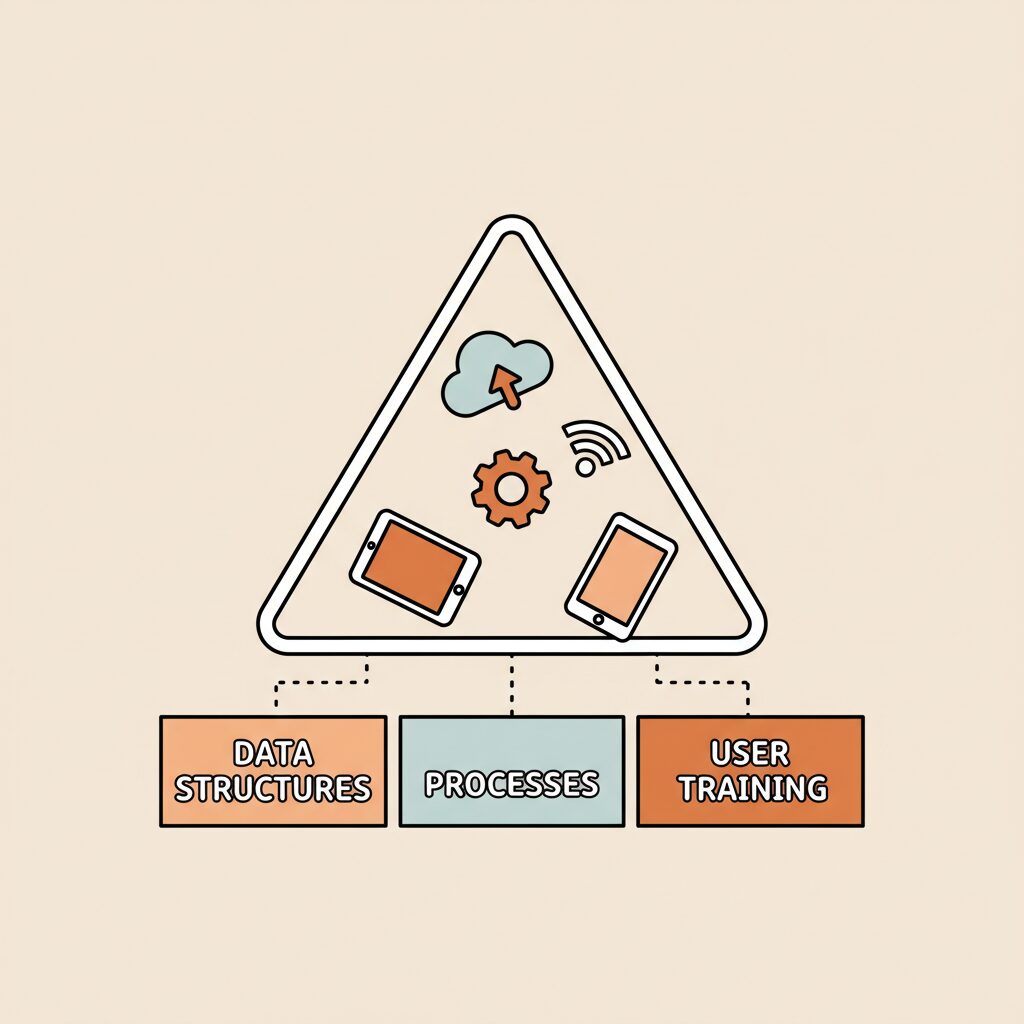
Picture this: hundreds of companies rushing into generative AI, only to watch 95% of shiny new tools stall. That’s MIT’s sobering reality—a corporate Bermuda Triangle swallowing pilots. But here’s what haunts me: parents doing the same thing with kids’ tech? Rushing into apps without building foundations first, frustrated when the magic vanishes. Sound familiar?
Why Do Smart Tech Tools Often Fail to Engage Children?
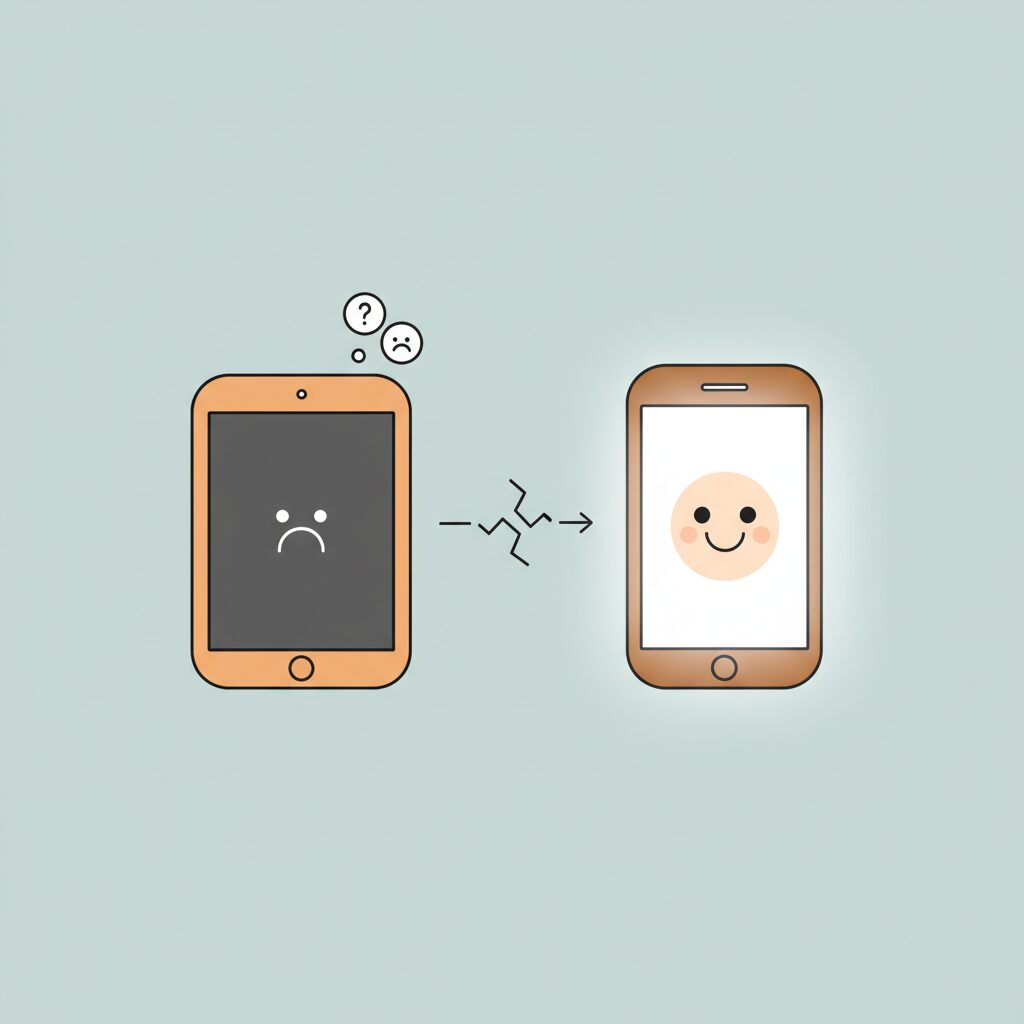
Ever tried that super-smart drawing app that promised to unleash your child’s creativity, only to have them click away in boredom after five minutes? That’s the Bermuda Triangle in miniature. MIT noticed companies cramming AI into messy systems—kinda like forcing puzzle pieces where they don’t fit!—and unsurprisingly, both agents and customers get frustrated. Sound familiar? When we force tech onto rushed routines (think: piling on language apps during already chaotic mornings), kids tune out. I’ve seen it—those hopeful eyes dimming when the tool doesn’t really fit their curiosity. Here’s the heart of it: tech doesn’t create magic—it magnifies the curiosity we’ve already nurtured.
How Can Parents Build Strong Foundations Before Introducing Tech?

Maersk didn’t just dump AI into shipping chaos. They first streamlined documentation—only then did they supercharge it with smart tools, cutting port wait times by 30%. Parents, take note: fix the routine first. That overhyped math game? Skip it if homework time feels like a wrestling match. Instead, build calm moments—ending practice with a five-minute nature walk, or doodling problems together with sidewalk chalk. Suddenly, that same app becomes a playful helper, not a chore. It’s not about the tool; it’s about the space you’ve cleared for wonder. Try observing: what makes your child lean in with genuine interest? Start there—tech can wait.
What’s the Secret to Harmonizing Human Connection With Digital Tools?
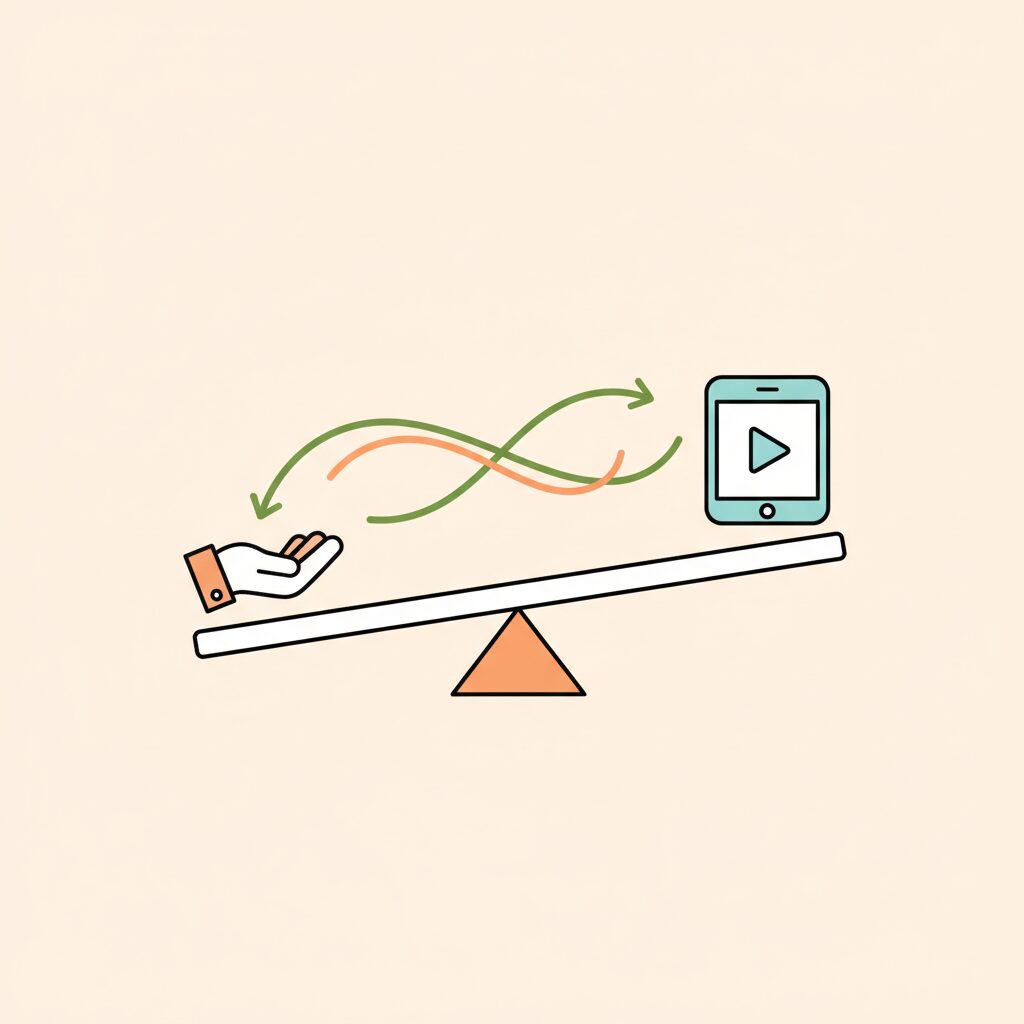
MIT’s winners weren’t going solo. They blended AI with human guidance—like retrieval-augmented systems that personalize responses using real customer data. At home? It’s the same dance. Don’t hand your kid a chatbot and walk away. Join the adventure: “Let’s ask this story generator to make a dragon friend for your paper puppet!” You nurture creativity; the tool adds sparkle. This harmony builds trust—both in the tech and in their own voice. Remember when we tried building that finicky Lego set alone? How much better it felt tackling it side-by-side, laughing at wobbly towers? Tech works best as a shared expedition, not a solo race. Ask: “What’s one thing we can create together this week?” Not consume.
How Can Families Avoid the Digital Purgatory of Unused Tech?
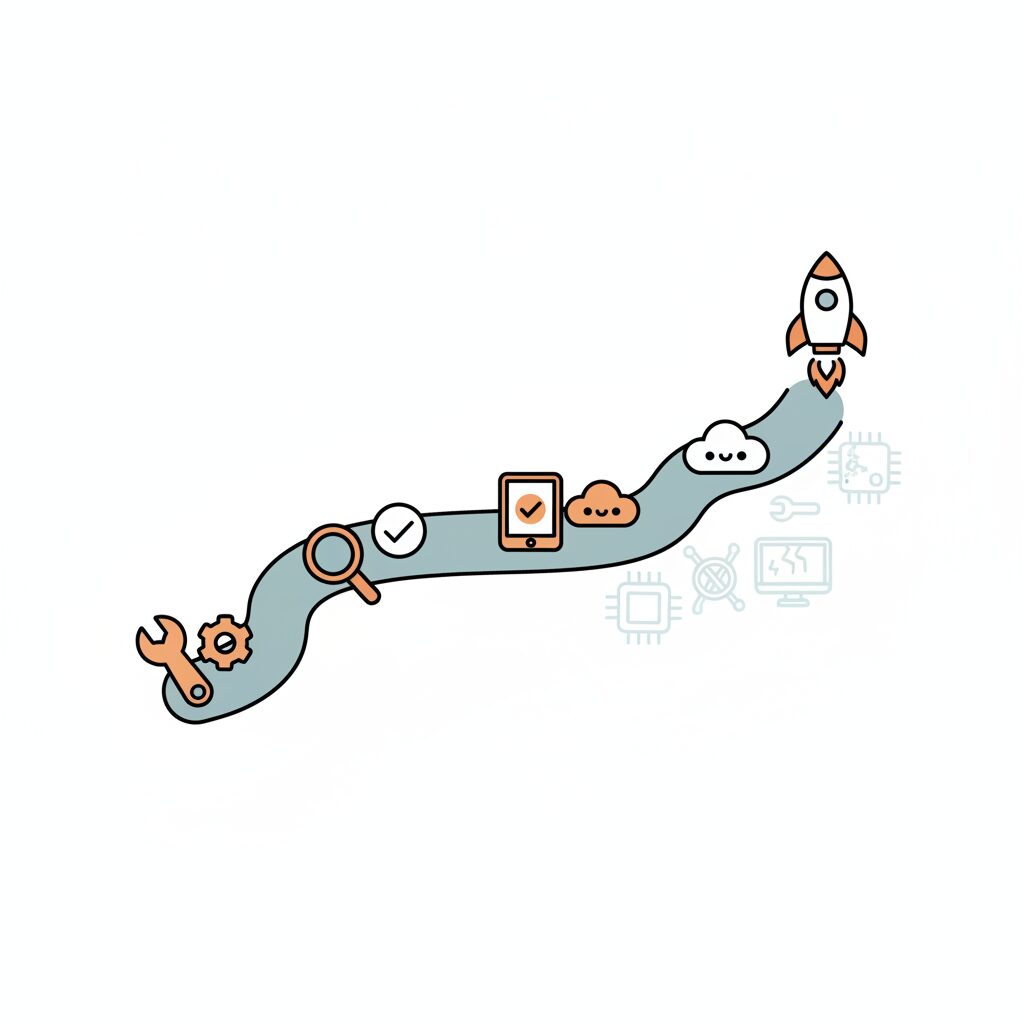
Here’s the quiet truth from MIT: isolated, fancy builds often crumble (like financial firms creating proprietary AI engines alone). With kids? Don’t overpromise. Test tools like you’d test a new swing set—gradually. “Let’s try this drawing app for three days and see if it feels fun,” then chat: “Did it listen like a friend?” If not, switch gears guilt-free. Balance isn’t a rigid rule; it’s noticing when eyes glaze over and suggesting bubble-blowing instead. That’s how you dodge the purgatory of forced screen time—where tools sit unused like forgotten toys in the closet. Your superpower? Tuning into their rhythm, not some perfect online ideal.
What Small Steps Can Parents Take to Build Healthy Tech Habits?
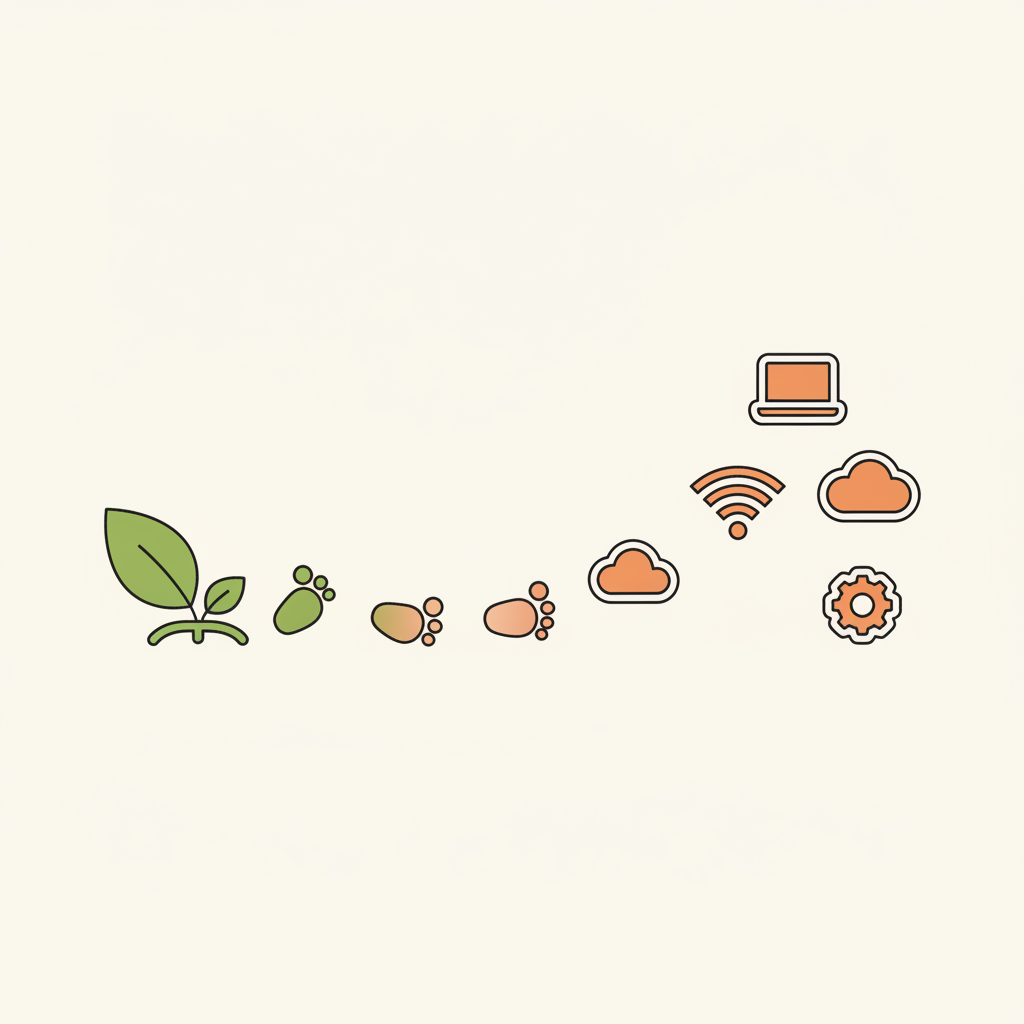
The report’s 5% success stories didn’t chase revolution; they built step-by-step. Your turn: forget “AI parenting” as some grand overhaul. Start tiny. Notice how your child engages with the world—maybe they’re fascinated by cloud shapes or how bugs carry leaves. Plug that curiosity into a tool: “Let’s ask this app to turn our leaf pile into a story!” When you anchor tech to their wonder, it sticks. And sometimes? The best “tool” is turning it off to build pillow forts or chase fireflies. That’s where resilience grows—in the messy, unplugged moments where they learn: I am more than any screen could ever hold. As we embrace autumn’s rhythms, I’m trading perfect tech for imperfect giggles during rainy-day fort-building.
When did your child last teach you about wonder? Mine showed me how a puddle holds entire galaxies.
Source: Bots gone bust? Escaping GenAI Bermuda Triangle, The Hindu Business Line, 2025/08/31 11:01:57
